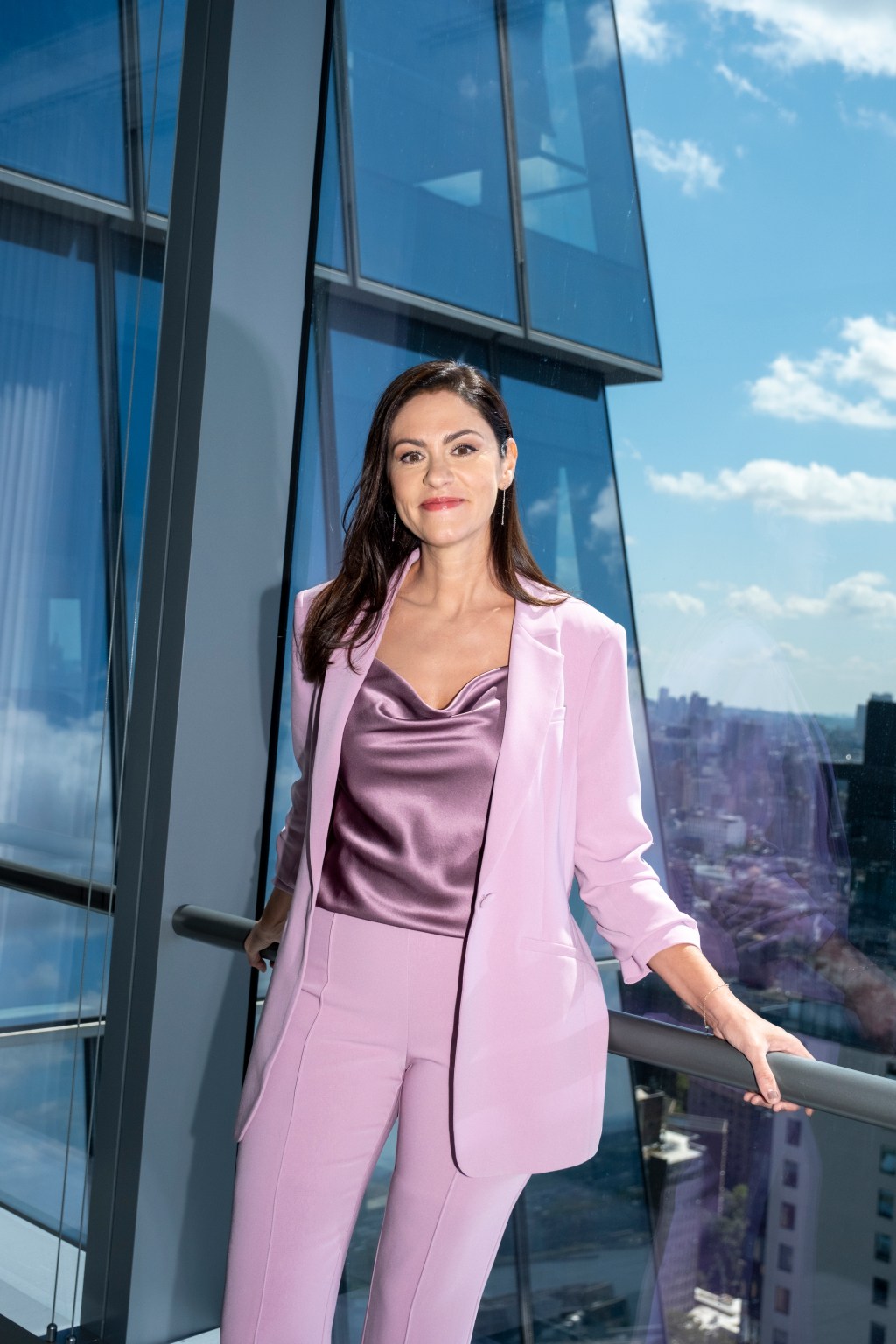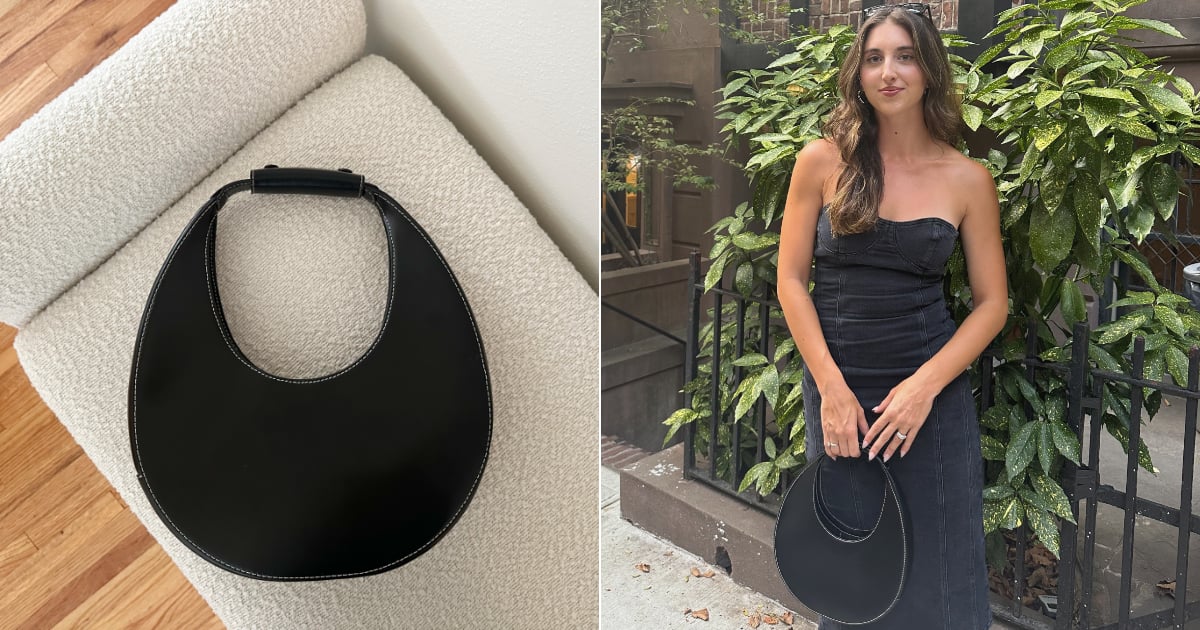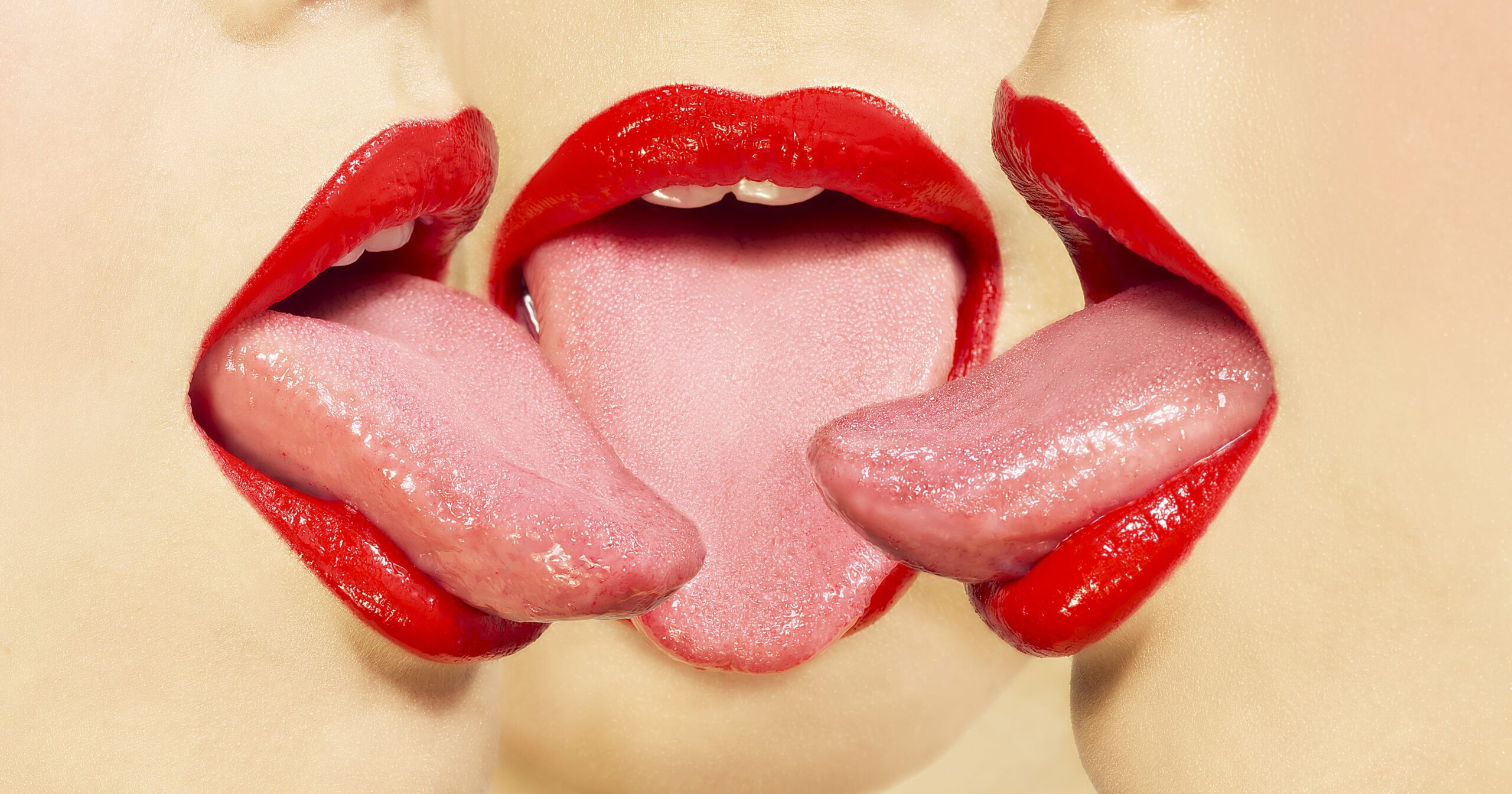Nathalie Gerschtein’s 21-year career has spanned geographies, categories and brands.
She spent nine years in Europe to work in product management for L’Oréal Paris, before heading to India to helm brands like L’Oréal Paris and Garnier. Then it was on to Thailand, Laos and Cambodia, where she eventually became the chief executive officer of that division of L’Oréal.
Now five years into her role as president of L’Oréal USA’s consumer products division, the cultural chameleon feels right at home.
“When we arrived, my daughter was 3 years old, and now she’s 8 and fully acclimated. She even loves bagels,” said Gerschtein, during a wide-ranging interview at L’Oréal’s Hudson Yards headquarters. Gerschtein laughingly shared she even thinks about her family’s Halloween costumes two months in advance. “There are a lot of traditions in the U.S. that are meant to put people together,” she said. “And I found that really great.”
Related Articles
Pulling people together is top of mind for Gerschtein, who said her division’s imperative is to “democratize the best of beauty for each and every one in the U.S. and North America.”
Thus far, she’s hitting her target. Overall, the Consumer Products Division, which encompasses L’Oréal Paris, Maybelline New York, Garnier and Nyx Professional Makeup, posted record like-for-like sales growth of 15 percent to more than 7 billion euros for the first half of the year on a global basis. The company said consumer products had grown by double digits and outpaced the market in hair care and skin care, while momentum “remained high” in makeup.
According to Circana data, the mass channel in the U.S., grew 9 percent, with L’Oréal Paris, Maybelline New York and Garnier occupying the top, third and fifth spots in the market, respectively.
“Overall, mass beauty is thriving. The role that mass has within our assortment is supporting that differentiation in product offering that we have: multiple categories, multiple brands, multiple price points,” said Maria Salcedo, senior vice president of merchandising, Ulta Beauty. “The portfolio that Nathalie leads helps us present an offer of diversity and differentiation.”
Salcedo noted that 73 percent of shoppers are maintaining their makeup routines, and that the L’Oréal mass brands are hitting the mark. “They do a great job of delivering not only value through pricing, but delivering value through product quality and innovation. Maybelline continues to deliver blockbuster innovation that resonates really well, same with L’Oréal Paris, and Nyx brings artistry in mass,” she said.
In addition, staying one step ahead of social media trends has bolstered those brands. “Part of their edge is they’ve been first or leading in maximizing social media as an effective connection driver, or driver of engagement, with the consumer,” Salcedo said. “They’re playing a really strong game.”
While Gerschtein has become adept at adapting to worldwide markets, she draws on the commonalities, too, including the role beauty plays in consumers’ lives to coach her teams to a winning position. “Everybody is passionate about beauty wherever you live — whatever your culture is, whatever the family you’ve been born in, beauty is a powerful force. That quest for beauty is universal,” she said.
What’s also universal is Gerschtein’s approach to each new market under her remit. Her strategy is to get as close to the consumer base as possible. “When I arrived in India, I spent two months in the field. I met consumers, did home visits, went to their bathrooms and they would show me the products they used,” she said, noting the truth of the phrase, “You don’t start on the job. You start in the real world.”
Among her key learnings abroad: Indians have a huge propensity for hair care, while in Thailand, “they could spend hours talking to me about their skin.”
As for the U.S.? “When I arrived, consumers would spend hours talking to me about what lipstick they use and what their makeup routine is,” said Gerschtein. “Beauty can have different shapes and forms around the world, but it’s definitely a universal need.”
There is also an increasingly strong interchange between markets. “Big ideas travel far,” said Gerschtein. “If you take Maybelline’s Sky High Mascara, which is the top mascara in the U.S. that we launched a few years ago, it’s the number-one mascara in most other countries — the formula might be slightly different, or the pack slightly different, but it’s a blockbuster everywhere.”

That product launched the same year that the brand debuted Maybelline Green Edition, a range of products across skin care and makeup billed as “clean.” Finding the sweet spot between newer innovations and doubling down on key categories, is Gerschtein’s forte. “I’m always encouraging my team to break the autopilot. In order to get better and better, you have to remain in the growth zone,” she said.
Gerschtein’s leadership style stems from that mindset, too. Describing a spectrum where one side is dominated by the “comfort zone” and the other by the “stress zone,” Gerschtein strives to keep her employees in the middle ground of the “growth zone.”
“If you are in your comfort zone all the time, you don’t do anything amazing, but if you are in the stress zone all the time, then you also don’t do anything amazing. You have to find your sweet spot,” she said. “You have to remain in the growth zone. That’s where you put your team so they can grow and be their best selves, and they can innovate.”
That applies to products as well as people. “We need to keep innovating on the big pillars of the market and the big segments of the market,” said Gerschtein. “We are the number-one company in mascara, but also lipstick, lip gloss, liquid lip — there are smaller categories like highlighters, primers, brow or liners, that are booming. We have to be able to see those signals.”
An early such example are the micellar waters from Garnier, now a drugstore staple. “We were trying to [win] in face cleansing. In the U.S., the dominant format at the time was cleansing wipes,” Gerschtein said, ticking off the downsides of the format. “They dry out, they’re not sustainable, they’re not always efficient…we launched wipes, it didn’t work.
The company took that consumer feedback and doubled down on the Garnier Skin Active Micellar Cleansing Water, which launched in 2015. Today, a micellar water is sold every two seconds in the U.S. “It’s huge, it keeps growing, and we have a franchise around it,” said Gerschtein. “That was the way to go — not the expected way. We went bold and unexpected, and that’s when you truly bring something different to the market.”

To evaluate those white spaces, Gerschtein thinks by consumer, rather than by audience. “We came up with tools, like social vision segmentation,” she said. “We segment our audiences to see how we can best activate based on the consumer profile, and we do it for all our brands. We also map [the brands], so we don’t go on top of each other, and everybody has their own sandbox to play in,” she said.
“The strategy at L’Oréal for a long time, which is about targeted addition, is that each brand has a different role to play. It doesn’t mean they cannot launch in the same segment, but they’re going to do it in a different way because they are not resonating with the same consumer,” she continued.
Being attuned to such nuances is critical, particularly at a moment when the mass channel in the U.S. is seeing beauty shoppers paring back. As reported, unit sales are trending flat to negative across brands and categories, though dollar sales are rising due to price increases.
“We have to find the right balance between democratization and premiumization as well, because we want to bring something better to our consumers,” said Gerschtein. “In the growth of the division, two-thirds come from value, and one-third comes from volume. That means we are recruiting new customers at the same time that we give them better products. People are becoming much more savvy about beauty, and the more savvy they are, the more money they want to invest in products. That’s definitely a positive for us.”
Her understanding also spans other metrics, such as social media, where her stable of brands plays particularly well. “It’s an incredibly dynamic category and won’t slow down anytime soon,” she said. “Google searches for beauty are up double digits, and on TikTok, beauty is the number-one topic. It’s very social by nature and people want to exchange [information] about it, so we see these markets growing in the future.”
As for the categories she’s most bullish on, what’s small is big again. “Vinyl Ink from Maybelline is our best lipstick launch for a long time, and those segments — highlighter, primer, eyebrow are very dynamic,” Gerschtein said. “Skin care is also amazing. When you think about face serums, L’Oréal Paris is a big player there, and the penetration of serums has doubled over the past three years. People are building more sophisticated routines and regimens for their skin.”

Hair care has also been a boon. The hyaluronic acid range from the L’Oréal Paris Elvive franchise, which launched last year, was the brand’s biggest hair care launch in a decade.
Still, as important as listening to consumers is, Gerschtein has also learned the importance of instinct and experience. “You need to listen to them, but they might not know exactly what they want,” she said, of consumers, “so we need to interpret those signals. It makes me think of a quote from Henry Ford: ‘If I had asked people what they wanted, they would have told me faster horses.’”
Part of how she fosters that break-the-mold mentality on her team is through her leadership style, which she said has evolved since coming to America. “I’m French by birth, I’ve worked in Europe, and I worked in Asia. Ever since I arrived in the U.S. I’ve understood that authentic leadership is more empathetic and vulnerable, which is more about the learning curve versus knowing it all,” she said.
“When you recognize that even as a leader, you might not have the answer, it makes everybody so much stronger. It’s the way to unleash the human magic: you need a few ingredients, such as instead of trying to be perfect, you try to be bold. Take calculated risks. I want the people who work with me to be able to innovate, and if they play it safe all the time, they never will,” she said. “We also want to champion inclusive beauty, but when you think of diversity in the U.S., it’s totally different from diversity in Canada. We try to make sure that we’re very granular in what we do.”
In her role, Gerschtein also oversees the division’s business in Canada, which she said is drastically different from that of the U.S. “It’s a smaller market for us, but more nimble, with an interesting consumer base,” she said, noting that the French brands resonate more in the French-speaking areas of Canada and in other areas it’s the American brands.
Gerschtein is adept at levering new technologies, and has worked on projects like L’Oréal Paris’ Colorsonic, a device aimed at optimizing at-home hair dyeing, which was unveiled at CES two years ago. “Fifteen years ago, the shopper was offline, then online came up a few years ago. Now, it’s offline, online and on-chain. And it’s interesting to see the role beauty plays in all these dimensions, since it can be virtualized, and also digitized,” she said. “L’Oréal Paris just launched on TikTok shop, and it’s the first L’Oréal brand on there. We are always trying to pioneer new things where our consumers are.”
Gerschtein is also working with Amy Edmondson, the Harvard Business School professor who coined the phrase “psychological safety,” on understanding how to create a work culture centered around enabling risk-taking decisions from her team. “You need to have psychological safety, or people will not take any risk,” she said. “We started to work together to understand better how do we really make it come to life within the company, and I found it fascinating. It’s day and night, and when you have that, your team can dream bigger, bolder. If you want success, you have to go for the exceptional.”



